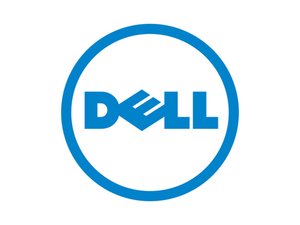No display on monitor. Tried everything
no display on any monitor that i have tried connecting to my Dell T1650.
Issue happened shortly after switching from legacy to UEFI boot. I went into advanced startup afterwards and selected boot to command prompt because pc was booting straight into windows 10 and skipping BIOS. Now i get a “no signal detected” no matter which cable or monitor i plug into the desktop. Computer comes on, and the hard drive lights come on as well as cpu fan, graphic card fan. etc. No beep code unless i remove all 4 memory sticks which then gives me a 1 3 2 beep code while screen is still not turning on
this is what i have tried
- cleared cmos 5+ times by removing battery (even left battery out overnight)
- swapped out video cables with working cables
- swapped out video cards with known working cards (3 different cards). tried different cards on both pcie x 16 slots to no avail
- tried using onboard graphic card with graphic cards removed
- tried different available video inputs (vga hdmi dvi)
- swapped out the power supply with a new one
- clear cmos via motherboard jumpers 5+ times ( tried with jumper on RTCRST overnight even)
- tried 4+ different monitors
- reseated all memory sticks (added them 1 by 1 on and on different slots
# removed all hard drives, added them back 1 by 1
- swapped out power cords with known working cords
- tried different monitors ( 3 working monitors)
- left monitor plugged in overnight with computer running… next morning..still no signal
doubt its a cpu issue?
Это хороший вопрос?


 4
4  1
1  1
1
5 Комментариев
Hi @con2005 ,
You didn't mention what you tried when you removed the HDDs and added them one by one so if you tried the following apologies.
Go back to a barebones PC configuration, i.e. PSU, motherboard with RAM, keyboard and monitor connected to onboard video port.
Disconnect/remove everything else from the PC i.e. no HDD, ODD GPU card etc.
Start the PC and check if you can get into BIOS with a display showing or if it gets to a display with error message e.g. No OS found or similar.
If you can get into BIOS check that the settings are set to defaults also change back to Legacy.
You may also have to check that the BIOS firmware is the latest version.
There is an "urgent" flag for the BIOS firmware for your model
If you do get it working the easy way to get the "splash screen" on startup so as to get into BIOS is to disable Win 10 fast startup setting
из jayeff
Removed all hard drives already even took the drive with Windows on it to a new computer and wiped it clean
из C.Nwan
Only thing connected to my mobo now is one hard drive, one stick of ram and the new gpu, as well as the CPU. Tried without gpu as well
из C.Nwan
Hi @con2005 ,
As I suggested did you try it without the HDD to see if you can access BIOS?
If so what happened if anything?
Also try removing the RAM and check if you get error beeps?
из jayeff
Tried both ways as stated in the original post
из C.Nwan